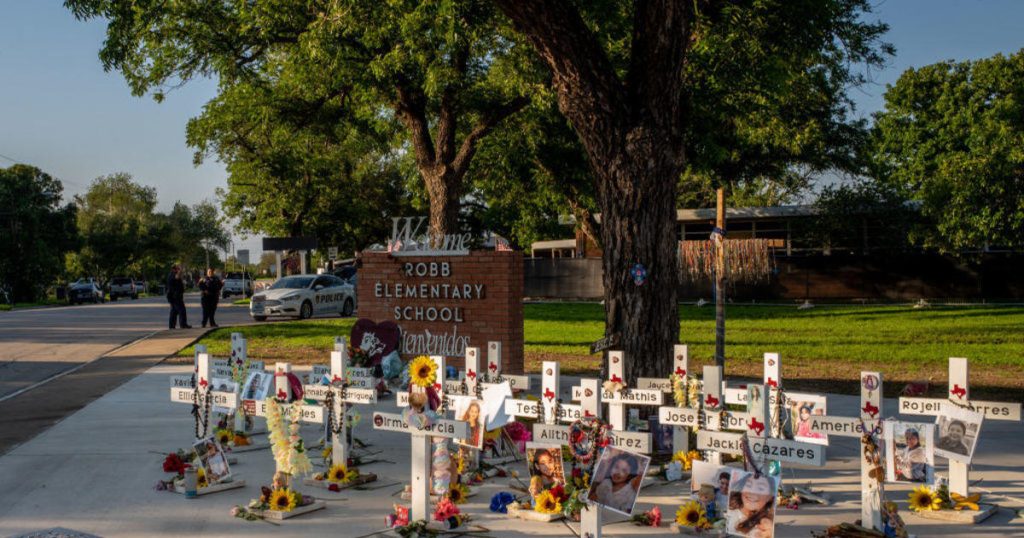The U.S. Customs and Border Protection personnel arrived at the scene of the deadliest school shooting in Texas history, but were unable to find a map or keys needed to access critical areas of the building. The 18-year-old gunman barricaded himself inside a classroom while opening fire, and only one of the 188 CBP officers who responded had a halligan tool to forcibly open locked doors. Some victims with gunshot wounds were placed on a school bus without receiving immediate medical treatment, although they survived. The agency’s internal investigation found fault with the lack of medical attention provided to the victims.
The 203-page report revealed that there was a lack of incident commander on scene, which led to delays and inaction during the response to the shooting. Without a clear command-and-control framework, responding personnel were tasked on an ad-hoc basis through requests from local law enforcement or their own initiative. While CBP found that responding officers did not violate internal policy or the law, the agency stated that actions have been taken to update policies, expand incident management training, and evaluate the need for additional tools to breach locked doors. Collaboration with state and local law enforcement has also been improved following the probe.
Acting CBP head Troy Miller stated that the agency is committed to working with federal, state, and local partners to ensure officers have effective training, policy guidance, equipment, and legal authority to respond to critical incidents. The response to the Uvalde shooting presented logistical and tactical challenges that tested the resources and capabilities of responding officers and agencies. The existing training on active shooter response procedures did not adequately prepare personnel for the situation, according to the report. The coordination with other investigative entities was found to be lacking in the immediate aftermath of the shooting.
The review by CBP is the latest in a series of investigations denouncing authorities’ response to the Uvalde shooting. The Justice Department released its findings earlier this year, highlighting failures of leadership, decision-making, tactics, policy, and training. The former Uvalde schools police chief, who was the de facto on-scene commander during the shooting, was indicted on child endangerment and abandonment charges stemming from his role that day. He has pleaded not guilty to the charges. The agency’s report aims to improve response protocols, training, and coordination with other agencies in future incidents.
Multiple investigative agencies, including the FBI and Texas Rangers, worked to recover evidence in the hours following the shooting, leading to fragmented crime scene processing. CBP personnel’s text messages from the incident were not obtained by the agency until months later, highlighting the need for better coordination with other investigative entities to prevent oversights in the future. Dozens of special agents worked on the investigation, reviewing hours of video footage and conducting over 200 interviews. The report serves as a comprehensive analysis of the response to the Uvalde school shooting, emphasizing the need for improved training, communication, and coordination in similar incidents.


